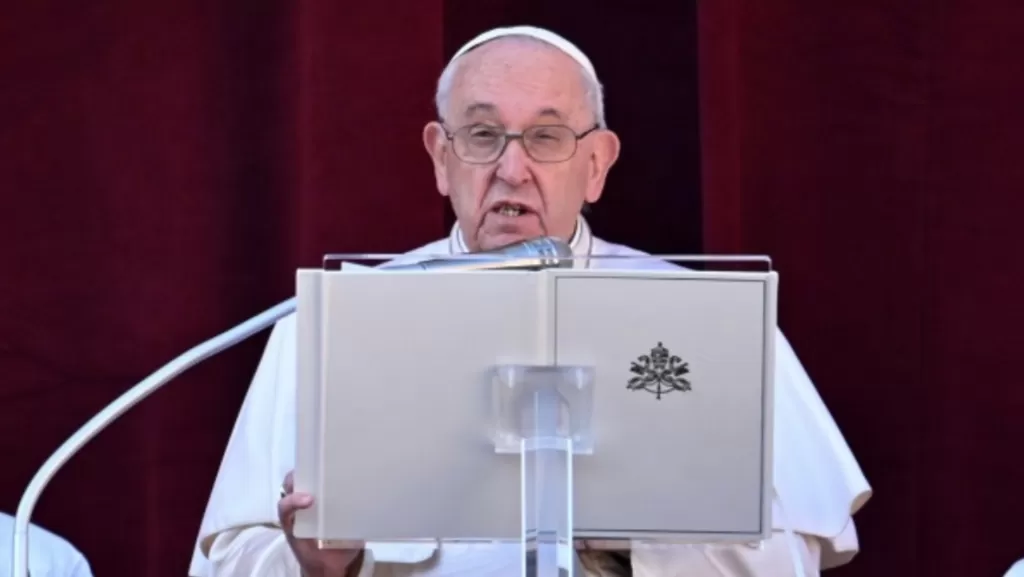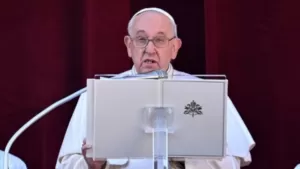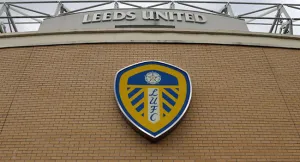The Election of a New Pope: A Sacred and Secretive Process

The election of a new pope is one of the most solemn and fascinating rituals in the Catholic Church, steeped in centuries of tradition and governed by strict rules to ensure secrecy, independence, and divine guidance. Known as the conclave, this process unfolds when the papacy becomes vacant due to a pope’s death or, more rarely, resignation. Below is a comprehensive exploration of how a new pope is chosen, from the initial vacancy to the announcement of “Habemus Papam” (We have a pope).
The Vacancy of the Papal See
The process begins when the Apostolic See, the office of the pope, becomes vacant. Historically, a pope’s death was confirmed through a ritual where the Camerlengo—the cardinal responsible for managing the Church’s affairs during the vacancy—would gently strike the pope’s forehead with a silver hammer and call his baptismal name three times. Today, modern medical verification confirms the death. In the case of resignation, as with Pope Benedict XVI in 2013, the process starts once the resignation takes effect.
The Camerlengo assumes temporary leadership, overseeing the Church’s day-to-day operations and preparing for the conclave. He also destroys the pope’s Fisherman’s Ring and seal, symbolizing the end of the pontificate. Meanwhile, the Vatican begins logistical preparations, and cardinals worldwide are summoned to Rome.
Preparations for the Conclave
Before the conclave begins, the College of Cardinals gathers for General Congregations, meetings to discuss the state of the Church, the qualities needed in the next pope, and logistical details. These sessions, attended by all cardinals (including those over 80, who cannot vote), help set the stage for the election. The cardinals also arrange accommodations in the Domus Sanctae Marthae, a Vatican guesthouse where they stay during the conclave, isolated from the outside world.
The Sistine Chapel, the iconic venue for the conclave, is prepared with meticulous care. To ensure secrecy, the chapel is swept for surveillance devices, and signal jammers are installed. Tables and chairs are arranged for voting, and a stove is set up to burn ballots, producing the famous smoke signals visible from St. Peter’s Square. The rules for the conclave, primarily outlined in Pope John Paul II’s 1996 apostolic constitution Universi Dominici Gregis (amended by Benedict XVI in 2013), dictate every step, emphasizing secrecy and independence from external influence.
The conclave must begin between 15 and 20 days after the vacancy, though the cardinals can adjust this timeline if necessary. Only cardinals under 80 years old at the time of the vacancy are eligible to vote, with a maximum of 120 electors, though the number may be lower due to health or other factors.
The Conclave: A Sacred Enclosure
The term “conclave” comes from the Latin cum clave (“with a key”), reflecting the historical practice of locking cardinals in a room until a pope was chosen. Today, the process retains this spirit of isolation. On the morning of the conclave, the cardinals celebrate a Mass Pro Eligendo Romano Pontifice (For the Election of the Roman Pontiff) in St. Peter’s Basilica. They then process to the Sistine Chapel, singing the hymn Veni Creator Spiritus to invoke the Holy Spirit’s guidance.
Inside the chapel, the cardinals swear oaths of secrecy, pledging to protect the process and accept the election’s outcome. Non-voters, including staff and security, are dismissed with the command extra omnes (everyone out), leaving only the electors. The Master of Pontifical Liturgical Ceremonies and a cleric deliver meditations on the gravity of the task, after which they, too, leave. The cardinals are now sealed off, with no access to phones, internet, or outside communication.
The Voting Process
The election unfolds through a meticulous voting process designed to discern God’s will. Here’s how it works:
Ballots and Scrutiny
- Casting Votes: Each cardinal writes the name of their chosen candidate on a rectangular ballot, disguising their handwriting to ensure anonymity. The ballot includes the phrase Ego Cardinalis (I, Cardinal) and is folded twice. In silence, the cardinal approaches the altar, prays, and places the ballot in a chalice, declaring, “I call as my witness Christ our Lord, who will be my judge, that my vote is given to the one who before God I think should be elected.”
- Counting: Three cardinals, known as scrutineers, collect and verify the ballots. Each ballot is read aloud, pierced with a needle through the word Eligo (I elect), and strung on a thread for record-keeping. Three other cardinals, the infirmarii, assist any cardinals too ill to leave their rooms, and three revisers double-check the count.
- Two-Thirds Majority: A candidate must receive two-thirds of the votes to be elected. If there are 120 voters, this means 80 votes. If the number of cardinals isn’t divisible by three, the threshold is rounded up.
Voting Rounds
- On the first day, one ballot may be held in the afternoon. Thereafter, voting occurs in four ballots daily—two in the morning and two in the afternoon.
- After each session, the ballots and notes are burned in the Sistine Chapel’s stove. Chemicals are added to produce black smoke (fumata nera) for an inconclusive vote or white smoke (fumata bianca) for a successful election. The smoke, visible from St. Peter’s Square, signals the outcome to the world.
Handling Deadlocks
If no candidate achieves a two-thirds majority after approximately 30 ballots (roughly 12-14 days), the cardinals may pause to pray and reflect. They can then choose to:
- Continue with the two-thirds rule.
- Switch to a simple majority (50% plus one).
- Narrow the field to the two candidates with the most votes, though all cardinals remain eligible.
This provision, introduced to prevent prolonged conclaves, has rarely been used in modern times, as recent elections (e.g., 2005 for Benedict XVI and 2013 for Francis) concluded within a few days.
Acceptance and Announcement
When a candidate secures the required votes, the Dean of the College of Cardinals asks, “Do you accept your canonical election as Supreme Pontiff?” If the cardinal agrees, he becomes pope immediately. He is then asked, “By what name do you wish to be called?” allowing him to choose a papal name, often honoring a predecessor or saint (e.g., John Paul, Francis).
The new pope is vested in papal white garments, tailored in multiple sizes to fit any candidate. He proceeds to the “Room of Tears,” a small chamber off the Sistine Chapel, to reflect briefly before greeting the cardinals, who offer their obedience.
From the central balcony of St. Peter’s Basilica, the Cardinal Protodeacon announces, “Annuntio vobis gaudium magnum: Habemus Papam!” (I announce to you a great joy: We have a pope!). He shares the pope’s birth name, chosen papal name, and title. The new pope then appears, delivering his first apostolic blessing, Urbi et Orbi (to the city and the world), to the cheering crowds below.
Secrecy and Historical Context
The conclave’s secrecy is paramount. Cardinals face excommunication for revealing details, and all notes are either burned or sealed in Vatican archives, accessible only with papal permission. This ensures the process remains free from external pressures, whether political, social, or media-driven.
Historically, conclaves varied widely in duration and setting. The 1268-1271 conclave, the longest, lasted nearly three years due to political interference, prompting the locking of cardinals in a palace (conclave). Modern conclaves are shorter, often concluding within 48 hours, as seen in 2005 (two days, four ballots) and 2013 (two days, five ballots). The rules have evolved, with Universi Dominici Gregis standardizing procedures while allowing flexibility for unforeseen circumstances.
The Role of Divine Guidance
For Catholics, the conclave is not merely a political or administrative process but a sacred act guided by the Holy Spirit. Cardinals pray for discernment, and the isolation of the conclave fosters reflection on the Church’s needs. The election of a pope, whether a favorite (papabile) or a surprise, is seen as God’s will, uniting the universal Church under new leadership.
Conclusion
The election of a pope combines ancient rituals, modern logistics, and profound spirituality. From the Sistine Chapel’s frescoes to the smoke rising over St. Peter’s Square, the conclave captivates the world’s attention, symbolizing continuity and renewal in the Catholic Church. As crowds await the white smoke and the words “Habemus Papam,” they witness a tradition that has endured for over a millennium, adapting to the times while preserving its sacred core.
Note: This article reflects the process as of April 21, 2025, based on current Vatican rules and recent conclaves. For further details, consult Universi Dominici Gregis or official Vatican sources.






